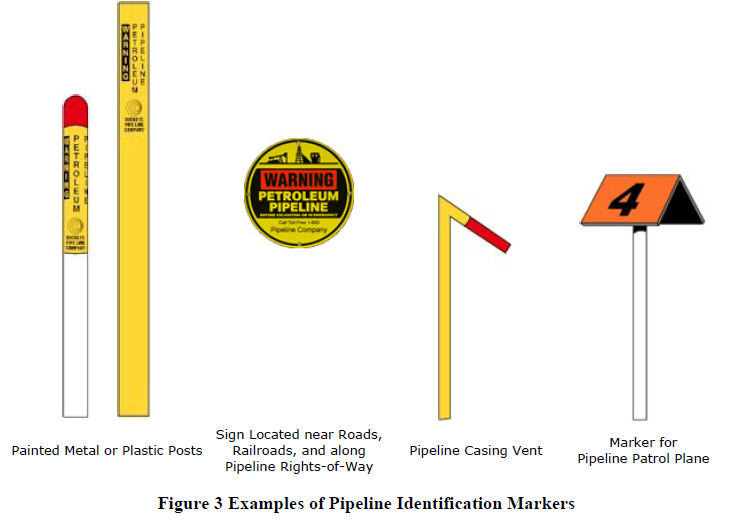| CHARACTERISTICS AND COMMON VULNERABILITIES INFRASTRUCTURE CATEGORY: PETROLEUM PIPELINES | SENSITIVE HOMELAND SECURITY INFORMATION – LAW ENFORCEMENT SENSITIVE | February 26, 2004 | Download |
| POTENTIAL INDICATORS OF TERRORIST ACTIVITY INFRASTRUCTURE CATEGORY: PETROLEUM PIPELINES | SENSITIVE HOMELAND SECURITY INFORMATION – LAW ENFORCEMENT SENSITIVE | March 5, 2004 | Download |
The United States (U.S.) has two types of pipelines that transport petroleum: those that carry
crude oil and those that carry refined petroleum products, such as gasoline, diesel fuel, jet fuel,
and home heating oil. Pipelines transport more than two-thirds of all crude oil and refined
products in the U.S. Other transportation modes are water, which includes ocean tankers and
barges and accounts for 28% of petroleum transportation; tanker trucks, which account for
3% of petroleum transportation; and railroads, which account for 2% of petroleum transportation.
The U.S. has more than 200,000 miles of petroleum pipelines. Pipelines dominate petroleum
transportation because they are safe (according to statistics compiled by the National
Transportation Safety Board) and cost-effective and because they reduce traffic and pollution.
Figures 1 and 2 are maps of the network of crude oil and refined product pipelines in the U.S.,
respectively.
The network of petroleum pipelines that serve the U.S. is not a single entity. Pipeline systems
that serve large regions of the country or move petroleum from one region to another are owned
and operated both by large oil companies (e.g., Shell, BP, ExxonMobil) and by companies that
are only pipeline operators, that is, that are not involved in other aspects of the oil industry. In
addition, companies, such as a power plant or a chemical plant, may operate a small pipeline
system to bring fuel to the plant or to move feedstocks from one plant to another.
Crude oil pipelines are subdivided into trunk lines and gathering lines. Approximately
55,000 miles of trunk lines connect regional markets in the U.S. Trunk lines are usually 8 to
24 inches in diameter but can be as large as 48 inches. The Trans Alaska Pipeline System
(TAPS) is the largest trunk line in the U.S. It transports oil about 800 miles from the North Slope
of Alaska to the ice-free port of Valdez, Alaska. More than one-half of that pipeline is
aboveground so as not to melt the permafrost in the region.
…

